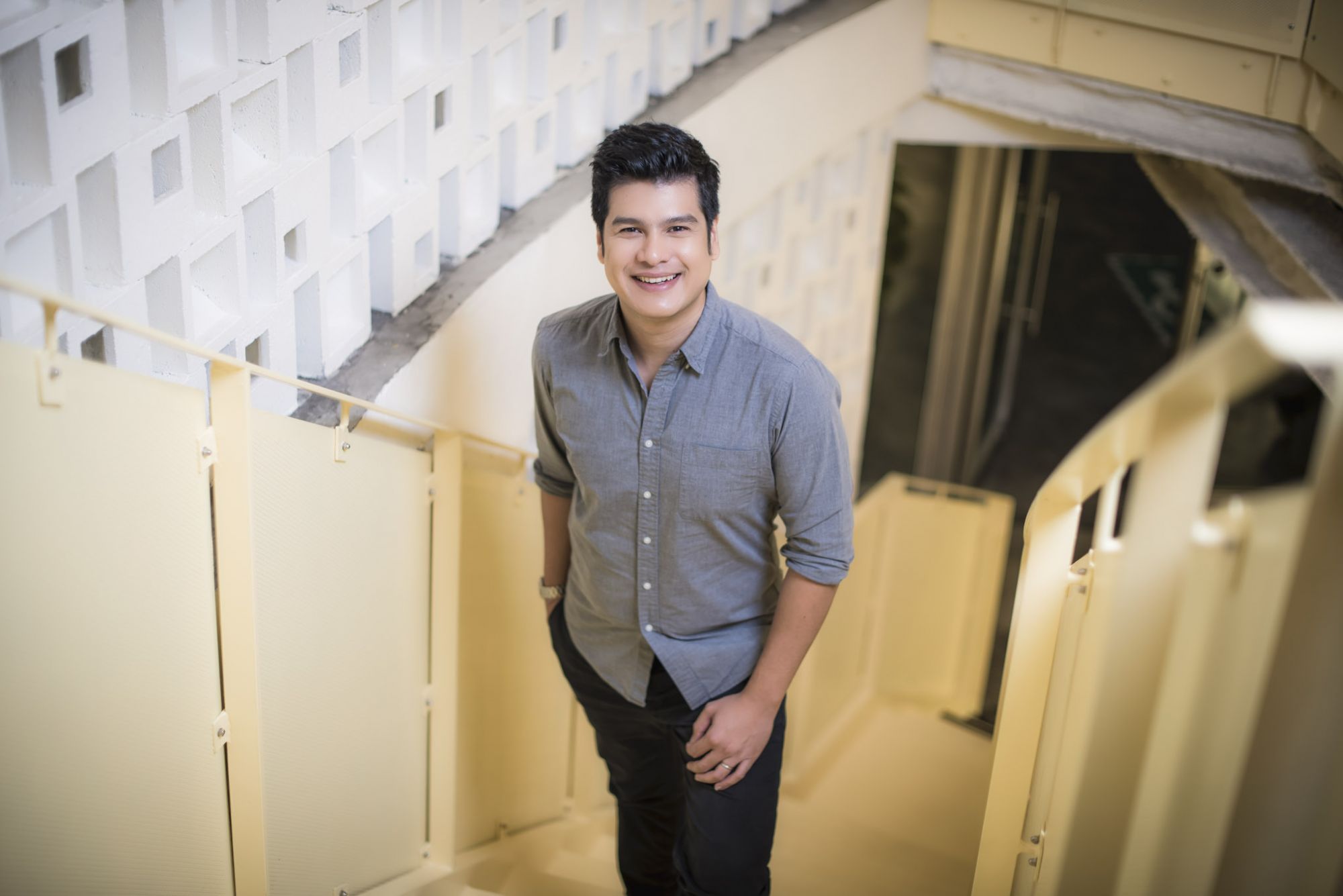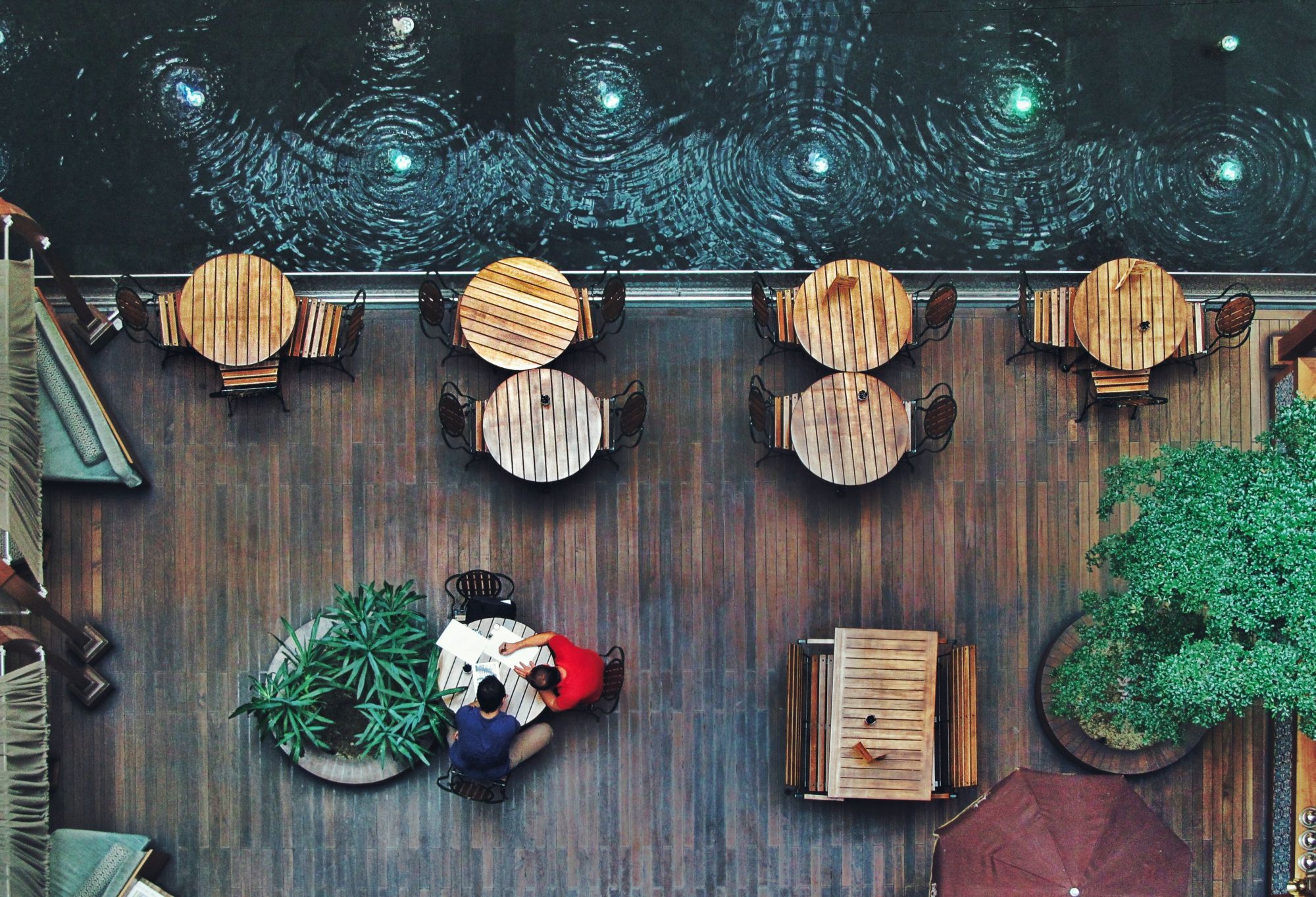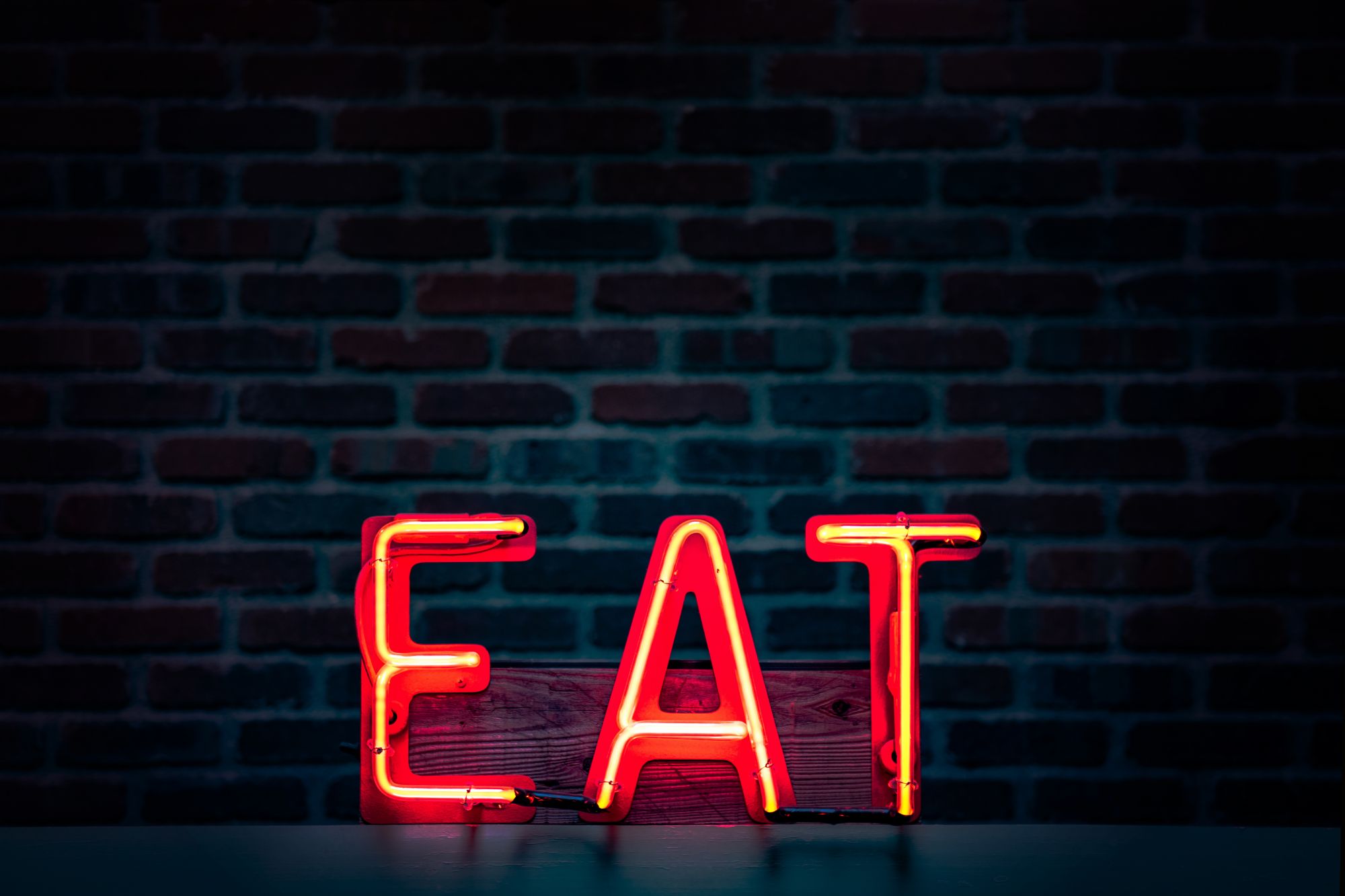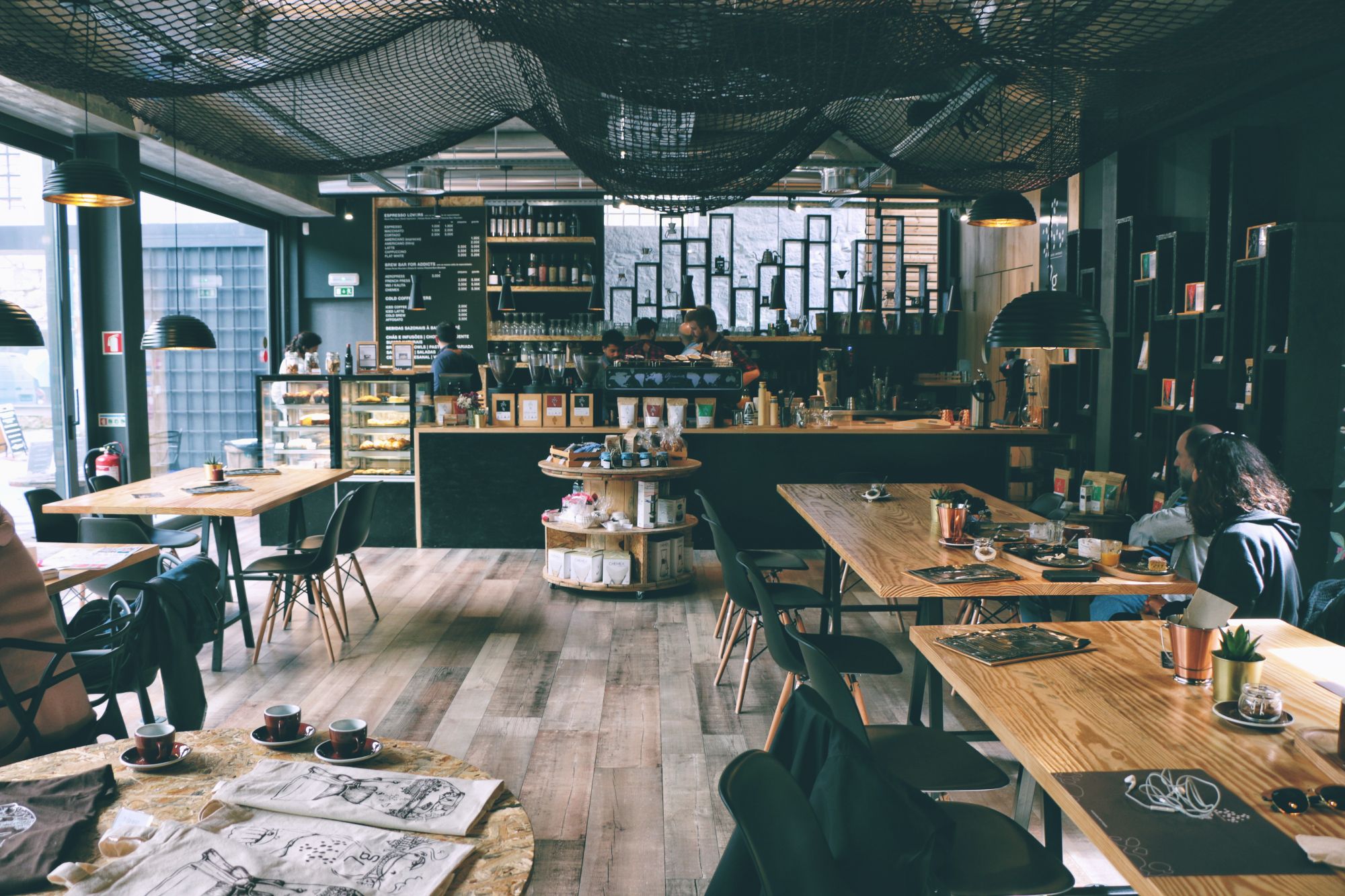Tech is about to disrupt the global restaurant culture. Here's how
Tech transforms every industry it touches. It expands some and contracts others, and in its aim to make life more streamlined, changes human behaviour. When it comes to the restaurant industry, tech has already simplified our busy lives by giving us easier, better access to everything from food by award-winning chefs to the last table at the packed pizzeria near your home.
Technology has been embraced by the restaurant industry to an extent. Chefs and restauranteurs want to deliver a flawless, convenient and enjoyable experience to their customers, but they also want to keep their focus on the food, wine and design. Technology offers a means to speed up processes and improve the customer experience, although some experts say development hasn't been as rapid as it should have been.




